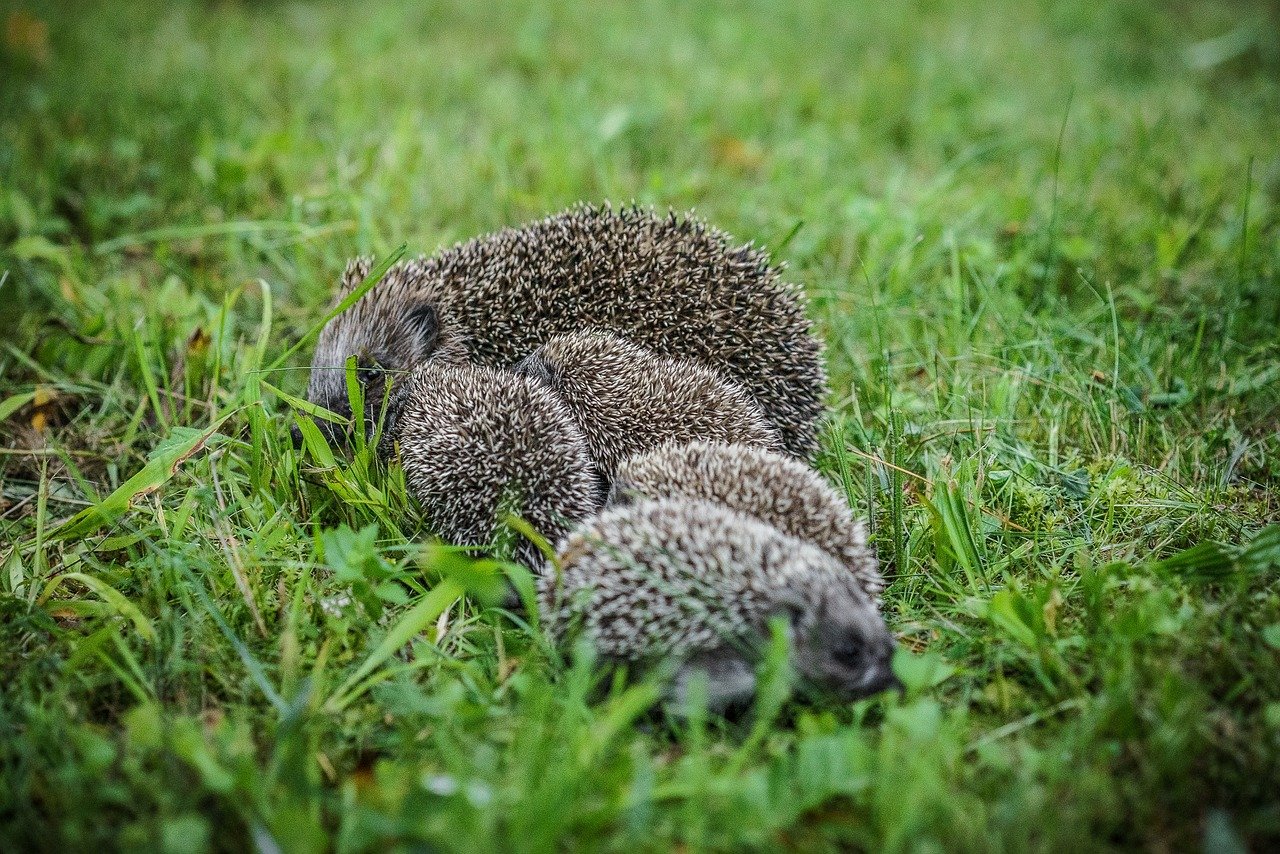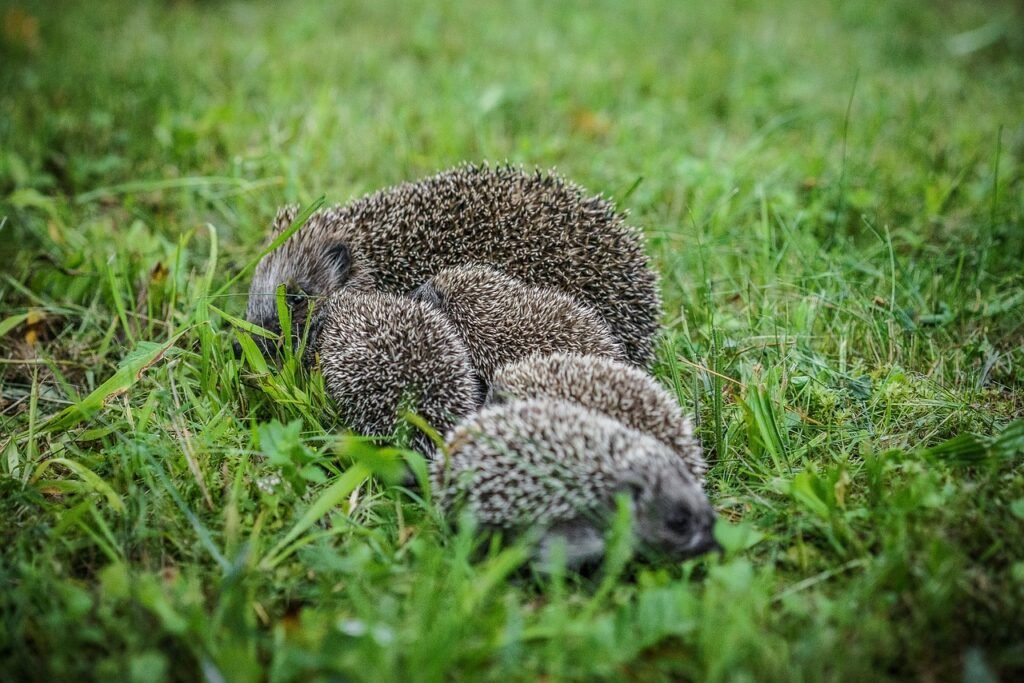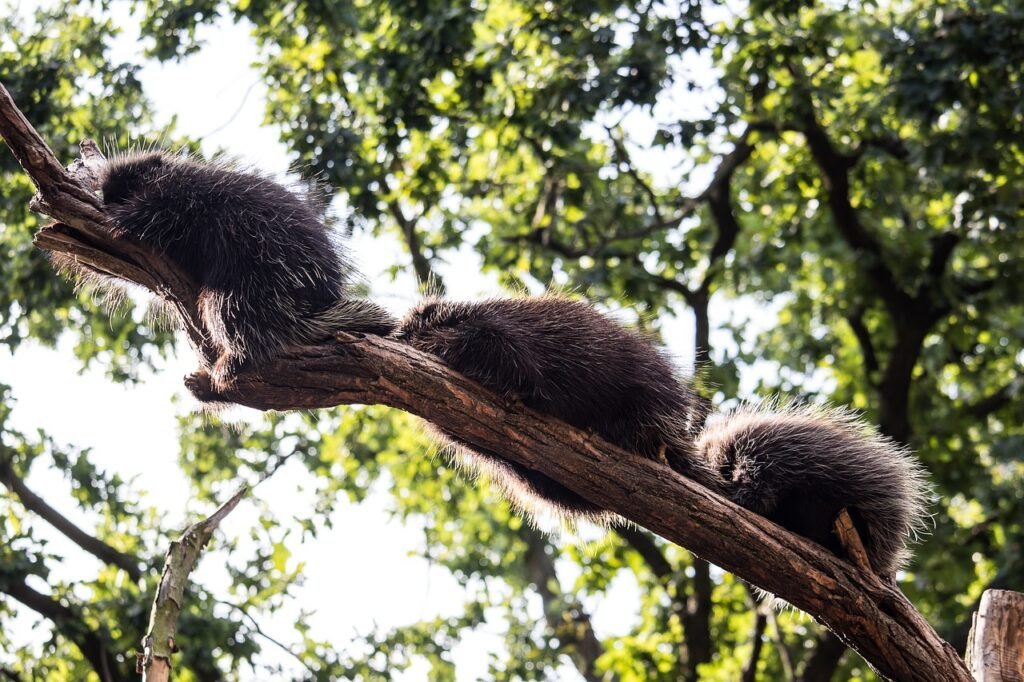Bringing forth the next generation of quilled companions involves a journey filled with courtship, mating, pregnancy, and the joyous arrival of porcupine pups. For those looking to delve into the realm of porcupine breeding, understanding the ins and outs of this process is key. This comprehensive guide explores the various stages of porcupine breeding, providing insights into the behaviors, strategies, and considerations that contribute to the successful creation of little quill pals.
Courtship Dance:
1. Scent Marking Serenades:
- The courtship dance begins with scent marking, where porcupines leave aromatic messages to communicate their interest. This olfactory dialogue sets the stage for potential mates to connect.
2. Vocal Love Notes:
- Vocalizations become the love notes of porcupine courtship. From grunts to whimpers, these sounds convey readiness and serve as the soundtrack to the budding romance.
3. Gentle Gestures:
- Courtship involves gentle physical interactions, including nuzzling and mutual grooming. These gestures strengthen the bond between potential mates and pave the way for successful pairings.
Mating Mastery:
1. Timing is Everything:
- Porcupines adhere to specific breeding seasons, and successful mating hinges on perfect timing. Understanding these natural cycles is crucial for maximizing breeding success.
2. Intimate Copulation:
- The mating process involves intimate copulation, where a male approaches a receptive female for the continuation of the porcupine life cycle. This phase is a delicate dance that sets the breeding journey in motion.
3. Post-Mating Preparation:
- Post-mating, pregnant females exhibit nesting behaviors as they prepare for the upcoming birth. Providing a conducive environment for nesting supports the well-being of both mother and pups.
The Miracle of Pregnancy:
1. Gestation Secrets:
- The gestation period varies among porcupine species but typically spans several months. During this time, females carry and nurture the developing quilled offspring within their wombs.
2. Signs of Expectation:
- Identifying signs of pregnancy involves observing changes in behavior, appetite, and physical appearance. Close monitoring ensures proper care and attention during this sensitive period.
3. Creating a Safe Haven:
- Nesting behavior becomes prominent as pregnant porcupines meticulously prepare a safe haven for giving birth. Ensuring a comfortable and secure nesting area contributes to successful reproduction.
The Quilled Arrival:
1. Tiny Quilled Bundles:
- Porcupines typically give birth to one or two pups per pregnancy. The sight of these tiny, quilled bundles marks the culmination of the breeding journey and the beginning of parenthood.
2. The Birthing Process:
- The birthing process involves the delivery of porcupine pups covered in soft quills. The mother’s attentive care ensures the well-being of her vulnerable offspring during the early stages of life.
3. Maternal Magic:
- Porcupine mothers exhibit strong maternal instincts, nursing, protecting, and nurturing their quilled pups. This maternal magic forms the foundation for the pups’ growth and development.
Weaning and Growing:
1. Transition to Solid Foods:
- Weaning marks the transition from maternal milk to solid foods for porcupine offspring. Caregivers play a crucial role in providing a balanced diet and supporting the nutritional needs of growing quilled juveniles.
2. Playful Juveniles:
- Porcupine pups go through various developmental stages, evolving from tiny infants to playful juveniles. Each stage contributes to their overall growth, behavior, and adaptation to the porcupine community.
Family Dynamics:
1. Parental Bonds:
- Strong parental bonds form between porcupine parents and their offspring, contributing to the intricate family dynamics within the porcupine community. This familial bond fosters a sense of community and support.
2. Siblings in Harmony:
- Porcupine siblings engage in social interactions, play, and exploration, fostering harmony within the family. These sibling dynamics enrich our understanding of porcupine family life.
Conclusion:
Creating little quill pals through porcupine breeding is a journey filled with marvels, from the courtship dance to the nurturing of quilled offspring. As enthusiasts and caregivers explore the intricacies of porcupine reproduction, they embark on a magical adventure that celebrates life, love, and the charm of porcupine parenthood. May this guide serve as a compass for those venturing into the world of creating adorable quill pals and contributing to the well-being of these unique and captivating creatures.



